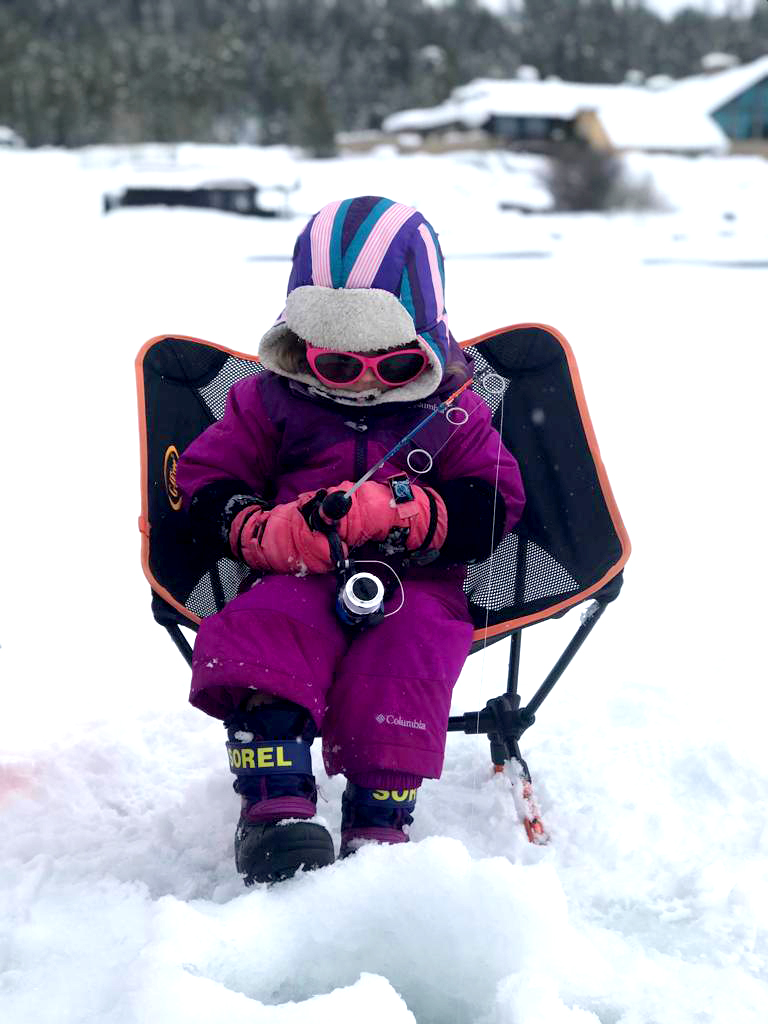Alayne Blickle of Horses for Clean Water. Photo courtesy of Alayne Blickle.
Any horse owner could tell your that a big part of caring for their horses is managing manure and pests and dealing with drainage and runoff (i.e. mud). A well-maintained horse property is not only great for horses, it’s also good for water quality. Recognizing this mutual benefit between horses and water, Teton Conservation District and the Jackson Hole Clean Water Coalition hosted a series of free workshops at the Teton County Fair last week on basic horse keeping, simple solutions for pest control, and mud and manure management.
Alayne and Teton Conservation District staff visiting Crane Creek Ranch.
The workshops were led by Alayne Blickle, a life-long equestrian, educator, and director of Horses for Clean Water, an internationally acclaimed program that works to care for horses and land in ways that are gentle on the environment, healthy for horses, and easy for horse owners. In addition to the workshops, Alayne visited five different ranches and corrals across the valley to talk with local horse owners and learn about horse keeping challenges that are unique to Jackson Hole—such as snow load, watering horses in freezing conditions, and mud season. Carlin Girard, the Water Resources Specialist for Teton Conservation District said, “Alayne brought forward many good ideas that I believe are transferable throughout our community, which benefit horses, their owners, and our water and land. Because owning horses is so much work, it seems the sweet spot is where gains in chore efficiency also benefit land and water.”
Teton Conservation District is offering funding for corral owners to implement corral improvements or strategies that decrease runoff, improve horse health, and support water quality. To learn more about funding opportunities, email info@tetonconservation.org or call 733-2110.




























































